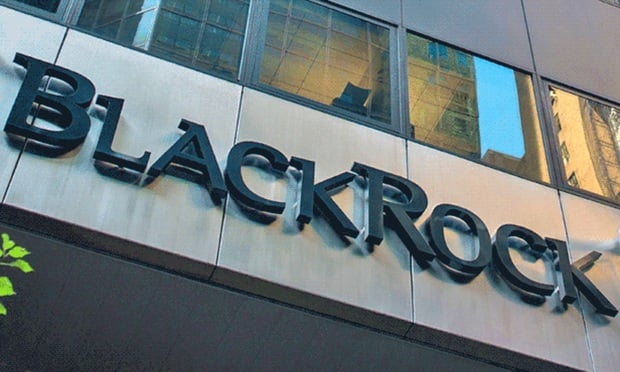There are innumerable ways to improve 401(k) participant fee disclosure. But, let's be honest, what is the point of disclosing plan fees to employees? Yeah, yeah, yeah, I know what you're all going to say. You're thinking: "Participant fee disclosure keeps the plan sponsor's feet in the fire." Sure, I'll grant you that – but just a smidgen of a grant.
We all recognize most employees don't have either the background or the experience in ERISA plan costs to understand what an appropriate fee might be. Some have suggested fee disclosure should include benchmarks so employees can tell if the fees their plan pays are in line with the broader industry. Understanding, however, goes beyond the mere measurement of dollars paid. What is the value derived from those dollars paid? A case can be made plan beneficiaries are better served when the plan pays higher fees. Remember the old adage: You get what you pay for.
Furthermore, isn't it unfair to employees to place the burden of fiduciary oversight on their shoulders? That's the job of plan sponsors and, above them, the DOL. Yes, words like "transparency" and "disclosure" sound nice, but actions resulting from these policies imply employees possess an authority they simply don't have and a responsibility they shouldn't have. The purpose of a plan fiduciary – i.e., the plan sponsor – is to protect the employees precisely so that obligation is not thrust upon the employees themselves.
Recommended For You
Moreover, fee disclosure induces a behavioral reaction (by raising the prominence of fees) that might distract employees from taking measures they can most benefit from. Clearly, the inertia of "fee transparency" is such that we won't see an elimination of fee disclosure anytime soon. With this in mind, it's clear there's only one way to improve 401k participant fee disclosure. The answer is to add to the "disclosure."
Here's how: Many have said Americans are woefully ill prepared for retirement. The truth is, anyone can take the pulse of their retirement readiness at any time, no matter what their age. What if, in addition to fee disclosure, we include, perhaps in bolder print and in larger type, "retirement readiness disclosure?" This number would give employees a sense for how prepared they are for retirement. We can do that. Some plan administrators already are.
But it goes beyond reporting a single simple number (and there should be only one number and it should be easy to understand). The disclosure form should direct the employee to online tools, preferably tied to the worker's personal 401(k) account, that allow the retirement saver to create a form of scenario analysis. For example, how does one's retirement readiness improve if one saves more? If one works longer? If one includes other assets as part of one's retirement portfolio?
We're not talking rocket science here. It's an IT exercise that can immediately help 401(k) plan participants infinitely more than fee disclosure ever will.
Don't delegate the plan sponsor's fiduciary duty to employees. Give them something they can act on.
© Touchpoint Markets, All Rights Reserved. Request academic re-use from www.copyright.com. All other uses, submit a request to [email protected]. For more inforrmation visit Asset & Logo Licensing.






